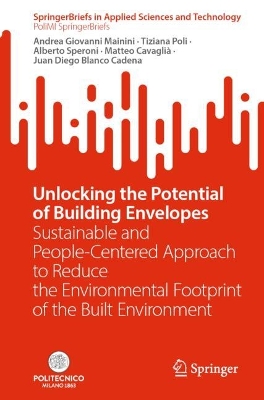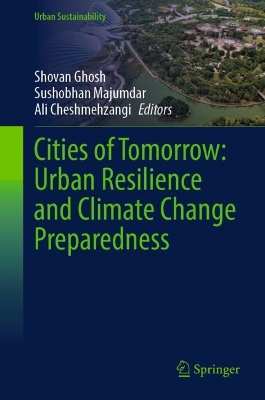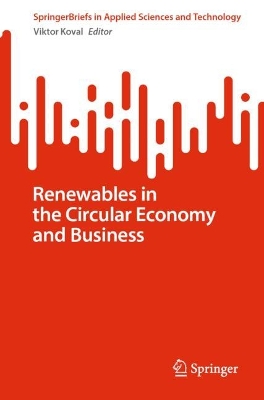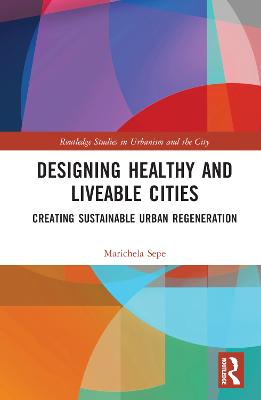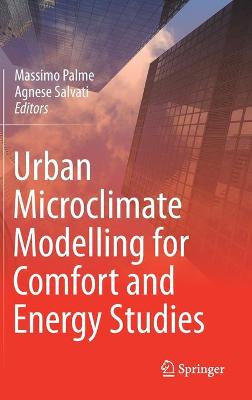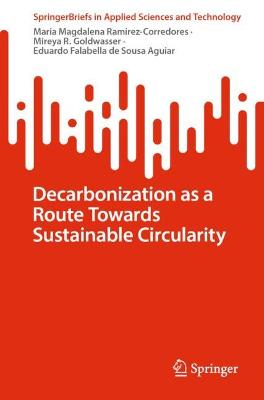Urban Microclimate Modelling for Comfort and Energy Studies
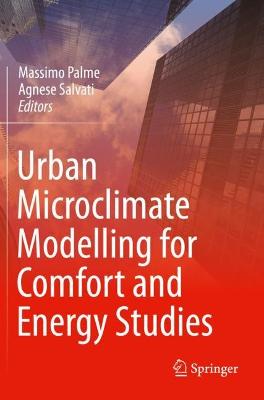 portes grátis
portes grátis
Urban Microclimate Modelling for Comfort and Energy Studies
Palme, Massimo; Salvati, Agnese
Springer Nature Switzerland AG
04/2022
556
Mole
Inglês
9783030654238
15 a 20 dias
878
Descrição não disponível.
Chapter 1. Introduction: Anthropocene or Urbanocene? .- Part 1. Urban climate and sustainability: energy performance and thermal comfort in cities .- Chapter 2. The city as a complex thermodynamic system.- Chapter 3. The energetic basis of the urban heat island.- Chapter 4. Outdoor thermal comfort.- Chapter 5. Energy implications of urban microclimate in high latitudes.- Chapter 6. Climate and Energy performance of Mediterranean compact cities.- Chapter 7. Enhancing energy performance and comfort of built environment in tropical climates.- Chapter 8. Urban thermal comfort in arid climates.- Chapter 9. Integrating urban climate knowledge: The need for a new knowledge infrastructure to support climate responsive urbanism.- Part 2. Urban climate modelling and simulation: physics and tools.- Chapter 10. Air circulation in urban areas.- Chapter 11. The coupling of the weather research and forecasting model with the urban canopy models for climate simulations.- Chapter 12. The UrbanWeather Generator model: Physics-based microclimate simulation for performance-oriented urban planning.- Chapter 13. The Solene-microclimate model: potentiality for comfort and energy studies.- Chapter 14. Comparing ENVI-met and Grasshopper modelling strategies to assess local climates and urban heat island effect.- Chapter 15. Urban microclimate and building energy simulation coupling techniques.- Chapter 16. RayMan and SkyHelios model.- Chapter 17. A methodology for assessing the impact of climate change on building energy consumption.- Part 3. Applying urban climate modelling in policy, planning and design: case studies.- Chapter 18. Spatial metrics to investigate the impact of urban form on microclimate and building energy performance: an essential overview.- Chapter 19. Green infrastructures to mitigate extreme temperatures in cities.- Chapter 20. Urban morphology as a mitigation strategy of urban warming in oasis cities of arid regions.- Chapter 21. Human biometeorogical models- existing and future reflections for Lisbon.- Chapter 22. Impact of local urban climate on building energy performance: case studies in Mendoza, Argentina.- Chapter 23. Green infrastructure to reduce the energy demand of cities.- Chapter 24. Cool materials for passive cooling in buildings.
Este título pertence ao(s) assunto(s) indicados(s). Para ver outros títulos clique no assunto desejado.
Anthropocene;Urbanocene;Built environment;Thermal comfort;Urban heat island;Wind simulation;Heat and buildings;Green infrastructure;Urban form;Energy consumption;climate change impacts;urban geography and urbanism
Chapter 1. Introduction: Anthropocene or Urbanocene? .- Part 1. Urban climate and sustainability: energy performance and thermal comfort in cities .- Chapter 2. The city as a complex thermodynamic system.- Chapter 3. The energetic basis of the urban heat island.- Chapter 4. Outdoor thermal comfort.- Chapter 5. Energy implications of urban microclimate in high latitudes.- Chapter 6. Climate and Energy performance of Mediterranean compact cities.- Chapter 7. Enhancing energy performance and comfort of built environment in tropical climates.- Chapter 8. Urban thermal comfort in arid climates.- Chapter 9. Integrating urban climate knowledge: The need for a new knowledge infrastructure to support climate responsive urbanism.- Part 2. Urban climate modelling and simulation: physics and tools.- Chapter 10. Air circulation in urban areas.- Chapter 11. The coupling of the weather research and forecasting model with the urban canopy models for climate simulations.- Chapter 12. The UrbanWeather Generator model: Physics-based microclimate simulation for performance-oriented urban planning.- Chapter 13. The Solene-microclimate model: potentiality for comfort and energy studies.- Chapter 14. Comparing ENVI-met and Grasshopper modelling strategies to assess local climates and urban heat island effect.- Chapter 15. Urban microclimate and building energy simulation coupling techniques.- Chapter 16. RayMan and SkyHelios model.- Chapter 17. A methodology for assessing the impact of climate change on building energy consumption.- Part 3. Applying urban climate modelling in policy, planning and design: case studies.- Chapter 18. Spatial metrics to investigate the impact of urban form on microclimate and building energy performance: an essential overview.- Chapter 19. Green infrastructures to mitigate extreme temperatures in cities.- Chapter 20. Urban morphology as a mitigation strategy of urban warming in oasis cities of arid regions.- Chapter 21. Human biometeorogical models- existing and future reflections for Lisbon.- Chapter 22. Impact of local urban climate on building energy performance: case studies in Mendoza, Argentina.- Chapter 23. Green infrastructure to reduce the energy demand of cities.- Chapter 24. Cool materials for passive cooling in buildings.
Este título pertence ao(s) assunto(s) indicados(s). Para ver outros títulos clique no assunto desejado.

